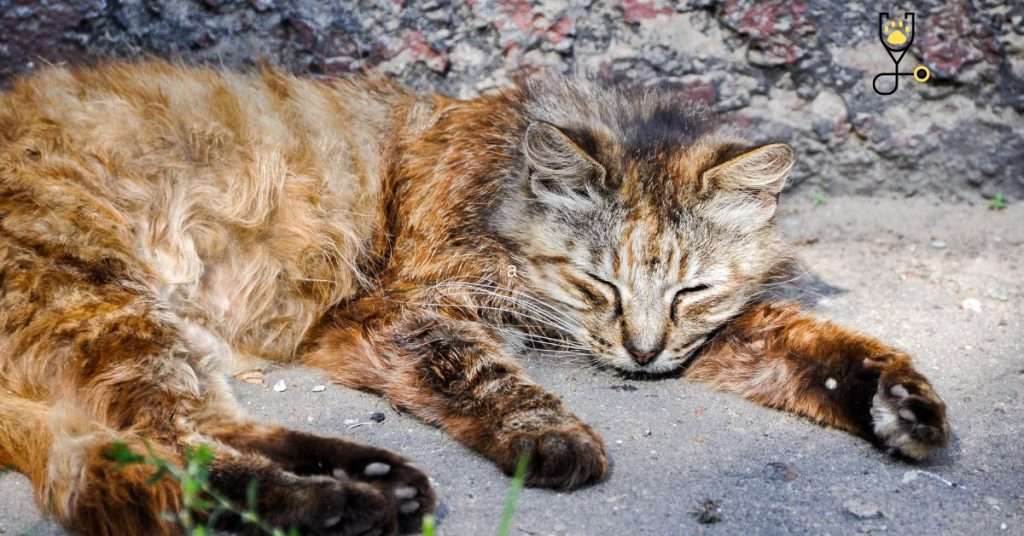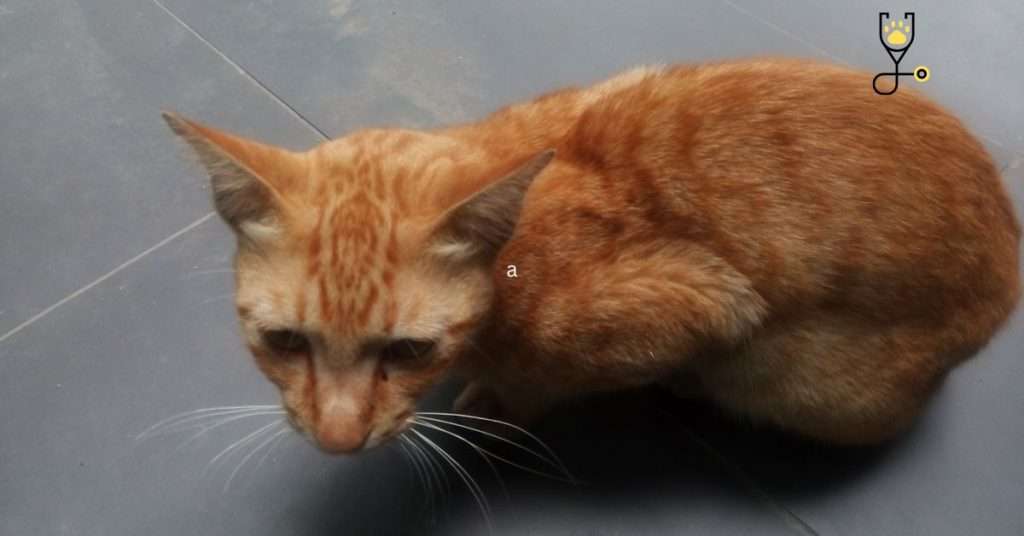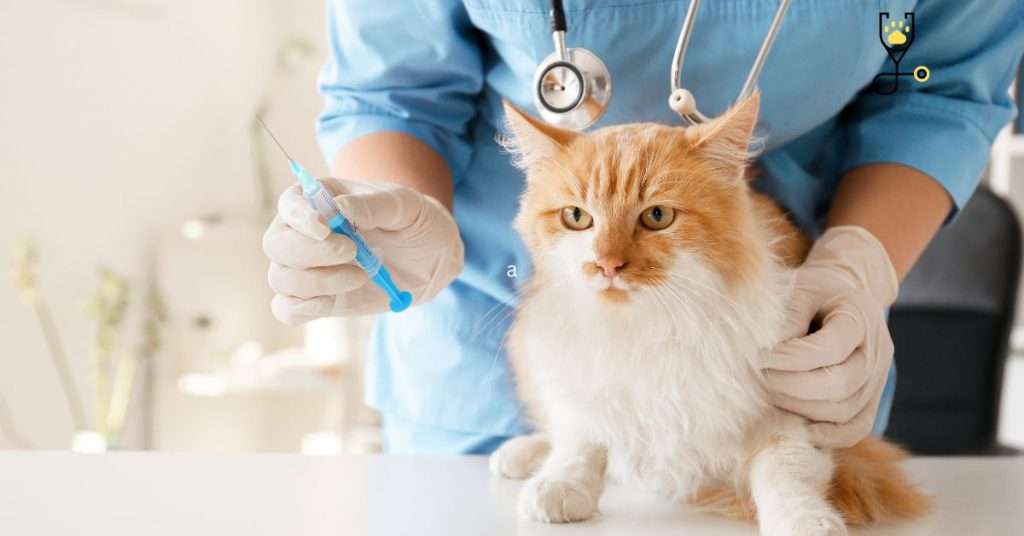Urinary tract infections (UTIs) are one of the most common afflictions affecting cats. While UTIs can be serious, they can often be treated effectively with antibiotics if caught early. In this post, we’ll take a look at some of the most common causes of UTIs in cats, as well as how you can spot the signs and symptoms so you can get your cat the treatment she needs. Thanks for reading!
What is a urinary tract infection?
A UTI is an infection that can occur anywhere along the urinary tract, which includes the kidneys, ureters, bladder, and urethra. While UTIs are relatively common in both dogs and cats, they are more prevalent in female cats due to their shorter urethras. This anatomical difference makes it easier for bacteria to travel from the outside of the body into the bladder, where they can multiply and cause an infection.
Common Urinary tract infections in cats
There are a number of different types of urinary tract infections (UTIs) that can affect cats, and each one has its own set of symptoms and treatment options.
1. Lower Urinary Tract Disease (LUTD)
Lower Urinary Tract Disease is a catch-all term used to describe any number of problems that can affect the lower urinary tract, including cystitis (bladder inflammation), urethral blockage, and bladder stones. LUTD is relatively common in cats, and while it can be painful, it is usually not life-threatening.
2. Feline Idiopathic Cystitis (FIC)
Feline Idiopathic Cystitis is the most common type of UTI in cats and is characterized by inflammation of the bladder with no known underlying cause. Many experts believe that stress may play a role in the development of FIC, and the condition is more common in indoor cats.
3. Bacterial Cystitis
Bacterial cystitis is a UTI caused by bacteria and can be either primary (meaning the infection originated in the bladder) or secondary (meaning the infection spread to the bladder from another area of the body). Bacteria can enter the urinary tract through the urethra, and once in the bladder, can multiply quickly and cause an infection.
4. Urolithiasis
Urolithiasis is the medical term for stone formation in the urinary tract. Stones can form anywhere in the kidneys, ureters, or bladder, and are usually made up of minerals such as calcium, struvite, or urate. Urolithiasis is relatively uncommon in cats, but can be very painful and may require surgery to remove the stones.
5. Urethral Obstruction
Urethral obstruction is a potentially life-threatening condition that occurs when the urethra (the tube that carries urine from the bladder to the outside of the body) becomes blocked. The most common cause of urethral obstruction in cats is crystals or stones that have formed in the urinary tract and become lodged in the urethra. Other causes of urethral obstruction include tumors, foreign bodies (such as hairballs), and cysts.
6. Glomerulonephritis
Glomerulonephritis is a type of kidney disease that occurs when the glomeruli (the tiny filtering units in the kidneys) become inflamed. Glomerulonephritis can be caused by a number of different things, including infections, immune-mediated disease, and toxins. The condition can lead to kidney failure if it is not treated promptly.
7. Pyelonephritis
Pyelonephritis is a UTI that affects the kidneys. The condition is usually caused by bacteria that have spread from the bladder to the kidneys but can also be caused by viruses or fungi. Pyelonephritis can be serious and may require hospitalization and intravenous antibiotics to treat the infection.
8. Kidney Stones
Kidney stones are hard deposits that form in the kidneys and can range in size from a grain of sand to a golf ball. They are made up of minerals such as calcium, struvite, or urate, and can cause pain and kidney damage if they become large enough to block the urinary tract.
9. Urinary Tract Cancer
Urinary tract cancer is relatively rare in cats but can occur in any part of the urinary system, including the kidneys, ureters, bladder, and urethra. The most common type of urinary tract cancer in cats is transitional cell carcinoma (TCC), which usually affects the bladder. Other types of urinary tract cancers include renal cell carcinoma, urothelial cell carcinoma, and adenocarcinoma.
Causes of urinary tract infections in cats

There are a variety of factors that can contribute to a UTI, including:
Bacterial contamination: Bacteria can enter the urinary tract through the urethra and begin to multiply, causing an infection.
Feline lower urinary tract disease (FLUTD): FLUTD is a general term used to describe a number of conditions that can cause inflammation and irritation of the lower urinary tract, including UTIs. FLUTD can be caused by a number of different factors, including crystals or stones in the urine, infections, tumors, and even stress.
Stress: Stress is a common trigger for FLUTD, which can then lead to UTIs. Cats who experience changes in their environment (such as a move to a new home) or who are dealing with other health issues (such as diabetes) are more prone to developing UTIs.
Age: Urinary tract infections are more common in senior cats due to age-related changes in the urinary tract and a weakened immune system.
Signs and symptoms of urinary tract infections in cats

The signs and symptoms of a UTI can vary depending on the severity of the infection, but some common signs to look out for include:
- Frequent urination: If your cat is urinating more frequently than usual, it could be a sign of a UTI.
- Straining to urinate: If your cat is having difficulty urinating or is straining to go, it could be a sign of an obstruction in the urinary tract. This is a medical emergency and you should take your cat to the vet immediately.
- Crying out while urinating: If your cat cries out or appears to be in pain while urinating, it’s a strong indication that she’s dealing with a UTI.
- Urinary accidents: If your usually well-trained cat starts having accidents outside the litter box, it may be due to a UTI. A change in litter box habits can also be a sign of FLUTD.
- Blood in the urine: Blood in the urine (known as hematuria) can be a sign of a UTI or another urinary tract issue.
- cloudy or foul-smelling urine: If your cat’s urine looks cloudy or smells bad, it could be a sign of an infection
- .Decreased appetite: A loss of appetite is a common sign of illness in cats, and can be caused by a number of different issues, including UTIs.
- Weight loss: Weight loss can be a sign of many different health conditions, including UTIs.
- Fever: Fever is another general sign of illness that can indicate a UTI.Vomiting: Vomiting can occur for many reasons, but can also be a sign of a UTI.
Diagnosing urinary tract infections in cats
If you suspect your cat has a UTI, it is important to take them to the vet for diagnosis and treatment. The vet will likely start with a physical exam and will then proceed to test, which may include:
Urinalysis: A urinalysis can help diagnose a UTI by identifying bacteria, blood, or other abnormalities in the urine.
Urine culture: A urine culture is often used to confirm the presence of bacteria in the urine and to identify the specific type of bacteria causing the infection. This test can also help determine which antibiotics will be most effective in treating the infection.
Blood tests: Blood tests may be used to check for underlying health conditions that could be contributing to the UTI, such as diabetes.
Imaging: In some cases, imaging tests (such as x-rays or ultrasounds) may be used to look for abnormalities in the urinary tract, such as stones or blockages.
Treatment of urinary tract infections in cats

The treatment of a UTI will vary depending on the severity of the infection and the underlying cause. Treatment options include:
Antibiotics: Antibiotics are the most common treatment for UTIs and are typically given for 7-14 days. It is important to finish the entire course of antibiotics even if your cat seems to be feeling better.
Surgery: In some cases, surgery may be necessary to remove stones or blockages from the urinary tract.
Dietary changes: If your cat has FLUTD, your vet may recommend a special diet to help manage the condition.
Stress management: Managing stress can be helpful in preventing UTIs, especially in cats who are prone to FLUTD. This may include providing a calm environment, using pheromone diffusers, and/or providing litter box privacy screens.
Preventing urinary tract infections in cats
There are several things you can do to help prevent UTIs in your cat, including:
Providing adequate hydration: Ensuring your cat has access to fresh, clean water at all times is one of the best ways to prevent UTIs. You may want to consider investing in a water fountain to encourage your cat to drink more.
Feeding a healthy diet: A balanced, nutritious diet is important for overall health and can help prevent UTIs.
Promoting good litter box habits: It is important to have at least one litter box per cat in your household and to scoop it daily. The litter should be changed completely every 1-2 weeks.
Encouraging exercise: Exercise is important for overall health and can help keep the urinary tract healthy by encouraging urination.
Managing stress: Reducing stress can help prevent FLUTD and UTIs. This may include providing a calm environment, using pheromone diffusers, and/or providing litter box privacy screens.
Conclusion
Urinary tract infections are a common health problem in cats, but they can be prevented with good hygiene and stress management. If you think your cat has a UTI, it is important to take them to the vet for diagnosis and treatment.
FAQ’s
How do I know if m cat has a UTI?
There are several signs that might indicate your cat has a UTI, including urinating more often, straining to urinate, bloody or cloudy urine, and increased thirst. If you notice any of these signs, it is important to take your cat to the vet for diagnosis and treatment.
What causes urinary tract infections in cats?
Urinary tract infections can be caused by bacteria, viruses, fungi, or parasites. In some cases, the infection may be due to an underlying health condition, such as diabetes.
How are urinary tract infections treated in cats?
The treatment of a UTI will vary depending on the severity of the infection and the underlying cause. Treatment options include antibiotics, surgery, dietary changes, and stress management.
How can I prevent urinary tract infections in my cat?
There are several things you can do to help prevent UTIs in your cat, including providing adequate hydration, feeding a healthy diet, promoting good litter box habits, and encouraging exercise. Managing stress can also be helpful in preventing FLUTD and UTIs.